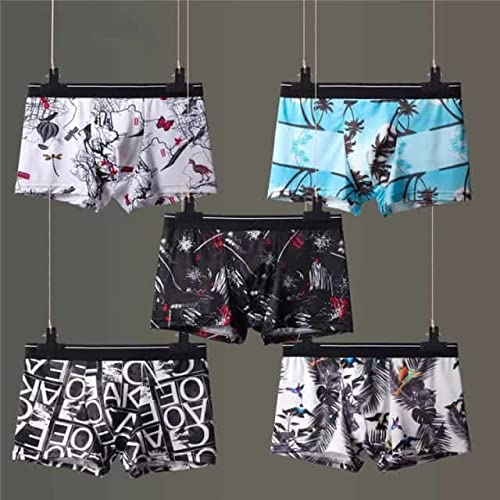
Power dressing is not just a fashion mantra; it’s a career strategy. As a working woman, the way you dress can significantly influence perceptions and pave the path to professional advancement. Your attire sends a message about your confidence, competence, and credibility. A well-crafted wardrobe can be your silent partner in career success. Keep reading for valuable tips and insights on cultivating a professional style that aligns with your career goals.
Building a Professional Wardrobe: Quality Over Quantity
Prioritize quality over quantity when building your professional wardrobe. Invest in classic, well-tailored pieces crafted from high-quality materials for longevity and timeless elegance. Ensure proper fit through alterations for a bespoke look.
A capsule wardrobe of mix-and-match pieces, including versatile items like a white blouse or well-cut dress, ensures adaptability across various professional settings. For contemporary options blending polish with modern trends, visit https://www.rw-co.com.
Understanding the Impact of First Impressions in the Workplace
First impressions in the professional world are crucial, often formed within seconds based on appearance. Clothing choices significantly impact initial perceptions of professionalism and attention to detail, reinforcing one’s expertise. Appropriate attire not only enhances visual appeal but also boosts self-confidence, leading to improved performance in various professional settings.
Studies suggest that professional attire correlates with enhanced abstract thinking and broader perspectives, crucial for leadership roles and strategic planning. While dressing for success is vital, it shouldn’t overshadow individuality. Personal style allows professionals to stand out while still adhering to professional standards, leaving a memorable impression.
Color Psychology and Choosing the Right Palette for Your Work Attire
Colors subtly influence perceptions in professional settings. Black and navy convey authority, while softer hues like pale blue or pink appear more approachable. Neutral colors provide a versatile base, while jewel tones like emerald green or deep purple add sophistication.
Strategic use of color can enhance professional presence. Red signifies confidence and power, ideal for negotiations, while softer tones foster collaboration in team settings. Consider the psychological effects of color on oneself. Choose uplifting or calming colors to boost mood and confidence, impacting job performance and workplace interactions.
Accessorizing for Success: Statement Pieces vs. Minimalist Choices

Accessories play a crucial role in enhancing an ensemble, offering a chance for self-expression and sophistication. They can either make or break a look, with statement pieces sparking conversations and minimalist ones exuding elegance. The choice between statement and minimalist accessories depends on the work environment and the message you want to convey. In creative fields, bold pieces showcase artistic flair, while conservative settings call for understated elegance.
Functionality matters when selecting accessories. They should not only look good but also serve a practical purpose, aiding rather than hindering daily tasks. Comfort is paramount, especially for items worn for long periods. Ill-fitting accessories can distract from work, so prioritize both style and comfort when choosing items like shoes or eyewear.
Navigating Dress Codes: Adapting Your Style to Different Professional Environments
In modern business, adapting to different professional environments is crucial. Traditional corporate settings demand formal attire, while startups often embrace business casual or even casual dress codes. Regardless of the setting, professionalism in attire is vital. Clothes should always be clean, well-fitted, and in good condition, reflecting seriousness about one’s role.
Observing the attire of leaders can help align with company culture and demonstrate fit within the team. However, personal standards should never be compromised. Flexibility in wardrobe choices is essential. Clothing should match the environment and reflect professional identity, whether at a conference or a coffee shop. Balancing adaptability with personal style is key to dressing for success.
Overall, dressing for success at work goes beyond clothes; it’s about building a professional identity true to yourself and suitable for your job. First impressions matter, so choose quality attire that reflects your authenticity. Understanding color psychology and accessorizing thoughtfully add to your professional image. Adapt to various dress codes to exude confidence and style in any workplace setting.
Write and Win: Participate in Creative writing Contest & International Essay Contest and win fabulous prizes.


